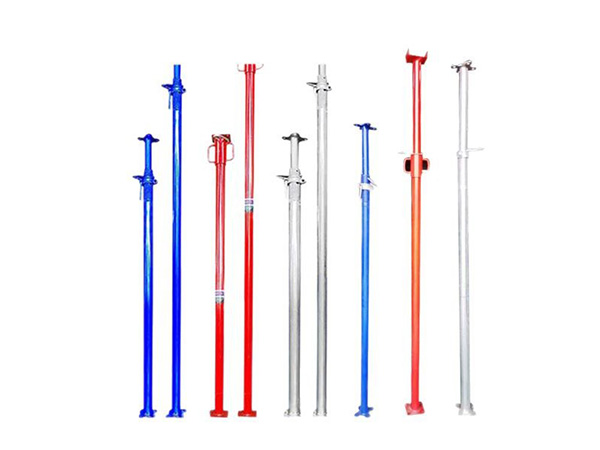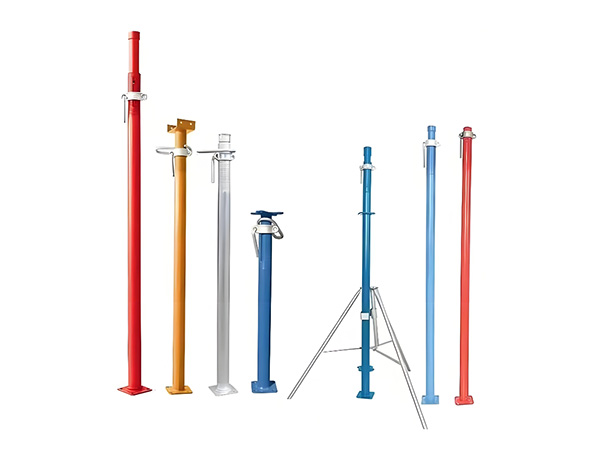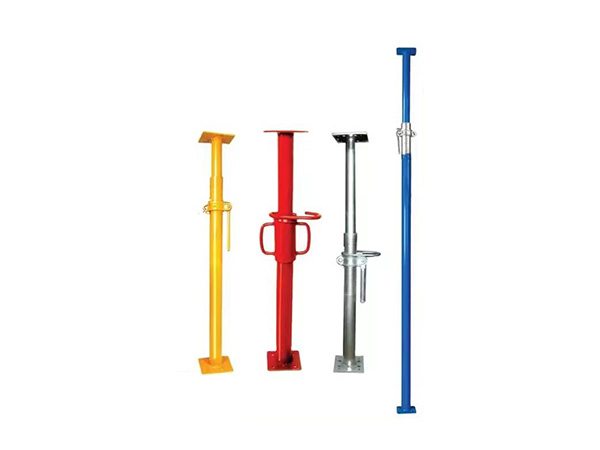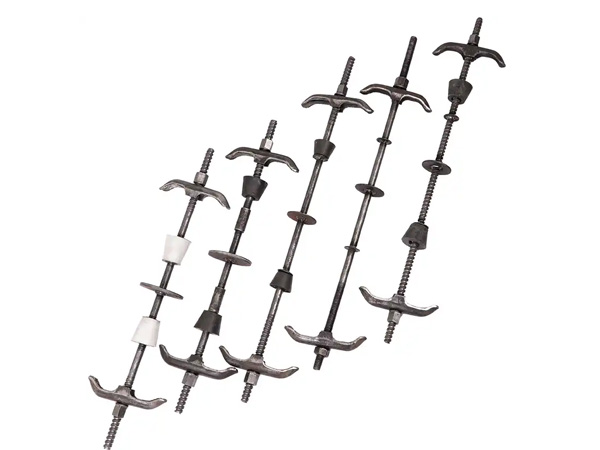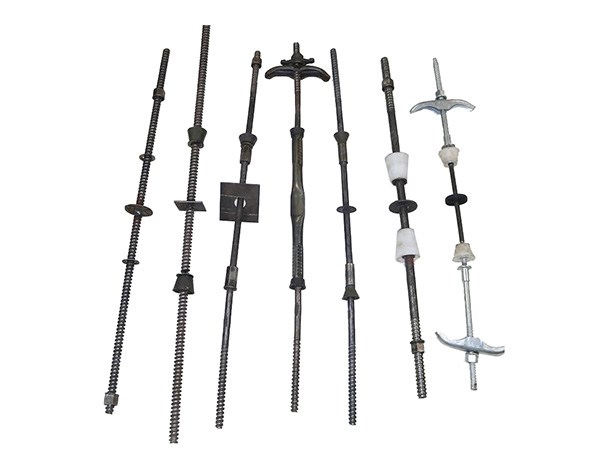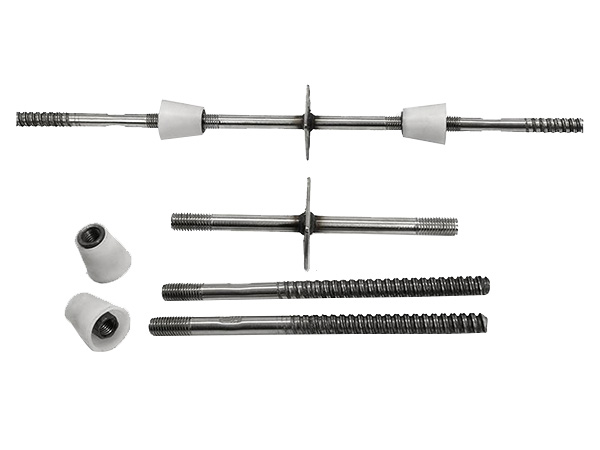- Site Navigation -
NEWS LIST
How to Ensure Scaffold Couplers Are Compliant for a Construction Project?
Author:yicheng Date:2025-09-03 17:53:37 Hits:56
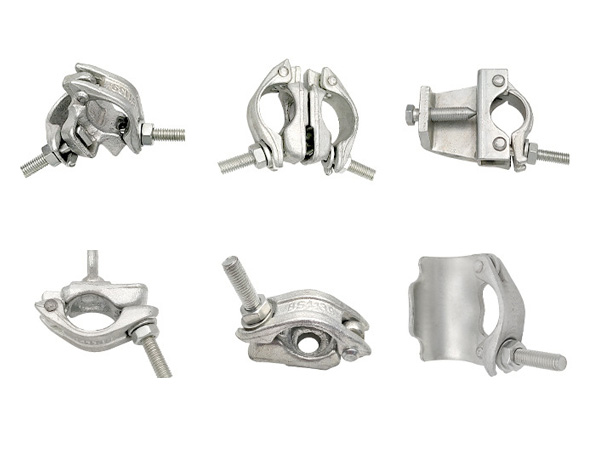
How to Ensure Scaffold Couplers Are Compliant for a Construction Project
Scaffold coupler compliance is non-negotiable for worker safety and regulatory adherence—it directly prevents structural failures caused by substandard or misused components.Compliance involves verifying manufacturing standards,installation practices,documentation,and ongoing maintenance.Below is a step-by-step framework to ensure full compliance for any construction project.
1.Start with Sourcing:Verify Manufacturer Compliance
The first line of defense against non-compliant couplers is selecting products from reputable suppliers that meet national/international standards.Never use unbranded,secondhand,or"no-name"couplers—they often skip safety testing.
Key Checks for Manufacturer Compliance:
Certification Marks:Ensure couplers bear visible,valid certification labels mandated by your region’s standards.Examples include:
EU:CE mark(per EN 12811-1,the primary standard for scaffold components).
U.S.:Compliance with ANSI/ASSE A10.8(governs scaffold safety,including coupler load ratings).
Australia/New Zealand:AS/NZS 1577 certification.
UK:BS EN 12811-1(aligned with EU standards)and a"UKCA"mark(post-Brexit requirement).
These marks confirm the coupler passed rigorous testing(e.g.,load,corrosion resistance,material strength).
Material Verification:Couplers must be made of hot-dip galvanized carbon steel(the industry standard)unless specified otherwise for specialized environments(e.g.,stainless steel for coastal/saltwater projects).Avoid aluminum or low-grade steel couplers—they lack the strength to meet load requirements.
Batch Test Reports:Request a Certificate of Conformity(CoC)or batch test report from the supplier.This document proves the specific batch of couplers was tested for:
Load capacity(shear,tensile,or compression,depending on coupler type).
Dimensional accuracy(e.g.,jaw size matching standard tube diameters like 48.3mm).
Corrosion resistance(hot-dip galvanization thickness meets standards).
2.Pre-Installation Inspection:Reject Non-Compliant Components
Even certified couplers can become non-compliant due to damage during shipping,storage,or prior use.Inspect every coupler before installation—never assume compliance based solely on branding.
Critical Pre-Installation Checks:
Physical Condition:Look for signs of damage that void compliance:
Corrosion(rust that penetrates the galvanized layer,not just surface discoloration).
Cracks,dents,or bent jaws(compromises grip on tubes and load-bearing ability).
Stripped threads or missing bolts/nuts(prevents proper tightening).
Faded or illegible certification marks(if you can’t verify the standard,reject it).
Dimensional Fit:Ensure couplers match the scaffold tubes being used.For example:
A coupler designed for 48.3mm tubes(the global standard)will not grip 42mm or 50mm tubes securely.A loose fit eliminates load capacity and violates compliance.
Age and Service Life:Most manufacturers specify a maximum service life(typically 5–10 years,depending on usage and storage).Even undamaged couplers beyond this lifespan may degrade structurally—check production dates on the CoC and retire old components.
3.Installation:Follow Standardized Practices
Compliant couplers lose their safety value if installed incorrectly.Adhere to regional standards and manufacturer guidelines for installation—this is often the most overlooked step in compliance.
Compliant Installation Practices:
Use the Right Coupler for the Job:Each coupler type is designed for a specific purpose;misusing them violates compliance:
Right-angle couplers:Only for connecting vertical standards to horizontal ledgers(not for diagonal bracing).
Swivel couplers:For angled joints(e.g.,diagonal braces)but never as a replacement for right-angle couplers in load-bearing ledger connections.
Sleeve couplers:Only for extending vertical standards(never horizontal tubes or tension-loaded joints).
Proper Tightening Torque:Under-tightening or over-tightening breaks compliance and safety:
Most steel couplers require a torque of 45–55 N·m(check the manufacturer’s specs—this varies slightly by design).
Use a calibrated torque wrench(not a hammer or adjustable wrench)to ensure accuracy.Under-tightening leads to loose tubes;over-tightening strips threads or deforms the coupler body.
Avoid Overcrowding Joints:Never attach more than two tubes to a single coupler(e.g.,don’t add a diagonal brace to a right-angle coupler already connecting a standard and ledger).This exceeds the coupler’s load rating and violates standards.
4.Document Everything:Maintain Compliance Records
Regulatory bodies(e.g.,OSHA in the U.S.,HSE in the UK)require proof of scaffold compliance—missing documentation can result in fines or project shutdowns.Keep detailed records for all couplers.
Essential Compliance Documents:
Supplier Records:Store CoCs,batch test reports,and purchase receipts for each coupler batch.
Inspection Logs:Document pre-installation inspections(date,inspector name,number of couplers checked,number rejected,reason for rejection).
Installation Records:Note which couplers were installed where(e.g.,"Right-angle couplers,Batch#123,installed on Level 2 ledgers"),along with torque wrench readings and installer names.
Maintenance Logs:Track post-installation inspections(e.g.,weekly checks for loose couplers)and any replacements/repairs.
5.Ongoing Compliance:Inspect and Maintain Post-Installation
Compliance is not a one-time check—it requires ongoing monitoring to address wear,damage,or environmental impacts.
Post-Installation Compliance Steps:
Regular Inspections:Conduct:
Daily checks:Quick visual scans for loose couplers,especially after heavy use(e.g.,workers moving equipment)or weather events(wind,rain).
Weekly detailed inspections:Full torque checks,corrosion assessments,and verification that couplers remain in their intended positions.
Monthly/quarterly reviews:Recheck load capacity alignment(e.g.,if additional loads are added to the scaffold,confirm couplers can handle the increase).
Address Issues Immediately:If a coupler is found loose,corroded,or damaged:
Evacuate workers from the affected scaffold area.
Replace the non-compliant coupler with a certified,inspected alternative.
Document the replacement(date,old coupler batch,new coupler details)in maintenance logs.
Retire Non-Compliant Couplers:Never repair or reuse couplers with cracks,severe corrosion,or stripped threads.Tag them as"Out of Service"and dispose of them properly(don’t mix with usable components).
6.Train the Team:Ensure Everyone Understands Compliance
Even the best couplers and processes fail if workers lack training.Ensure all personnel involved in scaffold setup,inspection,or use are trained on:
Regional standards(e.g.,EN 12811-1,ANSI A10.8)and company compliance policies.
How to identify non-compliant couplers(e.g.,missing certification marks,damage).
Proper installation techniques(e.g.,torque wrench use).
When to stop work and report non-compliance(e.g.,a loose coupler).
By following these steps,you ensure scaffold couplers meet all safety standards,protect workers,and avoid regulatory penalties.Compliance is a continuous process—never cut corners,as even a single non-compliant coupler can lead to catastrophic scaffold failure.







